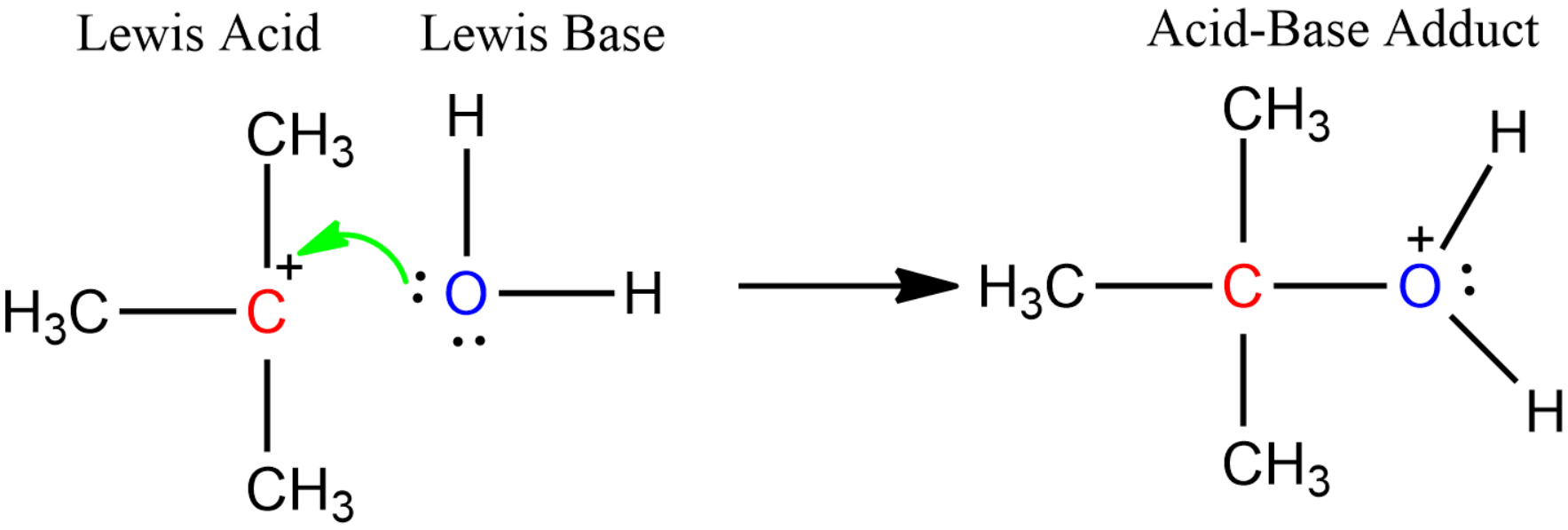
What are the five common acids?
Answer
458.4k+ views
Hint: Out of the five common acids, three of them are inorganic acids and they contain sulphur, chlorine and nitrogen respectively. The rest two are organic acids and one of them is found in citrus fruits while the other is found in vinegar.
Complete answer:
There are three main theories which define an acid. Let us know about the theories first then we will find out the five common acids.
- Arrhenius Theory: According to Arrhenius, any compounds which can donate a proton or
- Bronsted Lowry Theory- It can be considered to be the extended version of Arrhenius theory. According to this, any substance which and donate a proton or
- Lewis Theory: According to this theory, any substance which can accept a pair of electrons can be considered to be acids. For example:

Among all these different theories of acid-base, the five common acids are: Sulphuric acid
Sulphuric acid
Note:
Acids are highly corrosive in nature. They can burn your skin and cause deep wounds. We should always handle acids with care and take protections while using them in the lab.
Complete answer:
There are three main theories which define an acid. Let us know about the theories first then we will find out the five common acids.
- Arrhenius Theory: According to Arrhenius, any compounds which can donate a proton or
- Bronsted Lowry Theory- It can be considered to be the extended version of Arrhenius theory. According to this, any substance which and donate a proton or
- Lewis Theory: According to this theory, any substance which can accept a pair of electrons can be considered to be acids. For example:

Among all these different theories of acid-base, the five common acids are: Sulphuric acid
Sulphuric acid
Note:
Acids are highly corrosive in nature. They can burn your skin and cause deep wounds. We should always handle acids with care and take protections while using them in the lab.
Recently Updated Pages
Master Class 11 Economics: Engaging Questions & Answers for Success

Master Class 11 Business Studies: Engaging Questions & Answers for Success

Master Class 11 Accountancy: Engaging Questions & Answers for Success

Master Class 11 English: Engaging Questions & Answers for Success

Master Class 11 Computer Science: Engaging Questions & Answers for Success

Master Class 11 Maths: Engaging Questions & Answers for Success

Trending doubts
State and prove Bernoullis theorem class 11 physics CBSE

1 ton equals to A 100 kg B 1000 kg C 10 kg D 10000 class 11 physics CBSE

State the laws of reflection of light

One Metric ton is equal to kg A 10000 B 1000 C 100 class 11 physics CBSE

1 Quintal is equal to a 110 kg b 10 kg c 100kg d 1000 class 11 physics CBSE

Difference Between Prokaryotic Cells and Eukaryotic Cells




